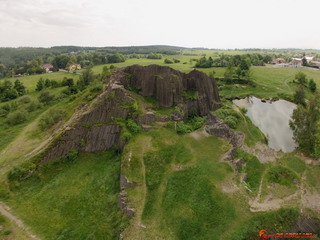24.07.2014 - Panoramio release
Panská skála
Panská skála is doubtless the most known geological formation in the Czech Republic. Who from Czechs do not know famous stony church-organ near Kamenický Šenov? Exterior stage taken for famous Czech film fairy-tail story Haughty Princess doubtless enrolled this rocky formation in awareness...
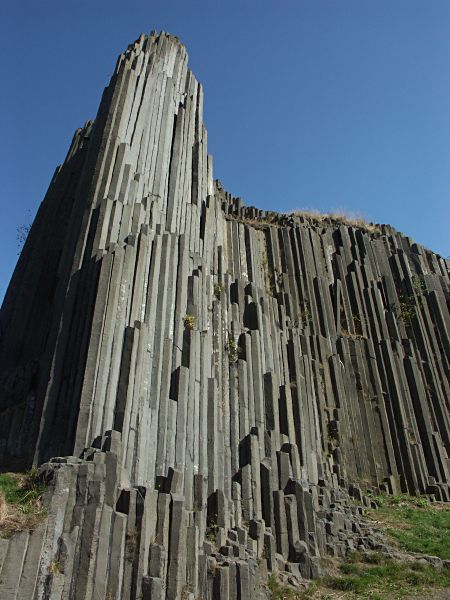 |
The genesis of the rock begun about 30 Millions year ago related to impact of the African lithospheric plate under the European plate. It caused creation of many disruptions in the earth crust, through them the magma could climb up. However the magma never reached the surface here and it has begun slowly cool off, what created the presumption for formation of huge basalt crystals.
Mostly vertical columns, pentagonal or hexagonal in their shape, reach length up to 12 meters and they are formed like majestic church organ. Top of the hill is located 597 m above the sea level.
Present shape is mostly determined by human mining activity in late 18th century. Excavated material had been exported primarily to Nederland and Belgium, where basalt has been used for construction of sea dams, thanks to its high endurance against salty sea water.
First effort of the rock protection is dated in late 19th century associated with name of geologist and volcanologist Josef Emanuel Hibsch. His attempt from 1878 failed and first official interdict against the mining extraction has been released in 1895. Although this interdict against mining activity has been more times disobeyed, after all Panská skála is oldest natural preserve in Czech Republic.
First of all the main northern wall of the mine pit has been preserved while mining continued in the western wall more to the depth. Excavated most-lower floor has been afterwards flooded by rainwater, whereby idyllic lagoon joined the scenery.
Germans formulated plan to exploit the mine pit up to present road during WWII. Stone would be used for protection of submarine base in island Helgoland in northern Germany, but these plans fortunately were not realized. |
Final mining interdict has been released in 1948 and consequently official preserve followed. Ministry of Education declared Panská skála like national natural monument on 18th September 1953. It is registered in category of preserved natural formation in area of 1.26ha like characteristic example of basalt column decay.
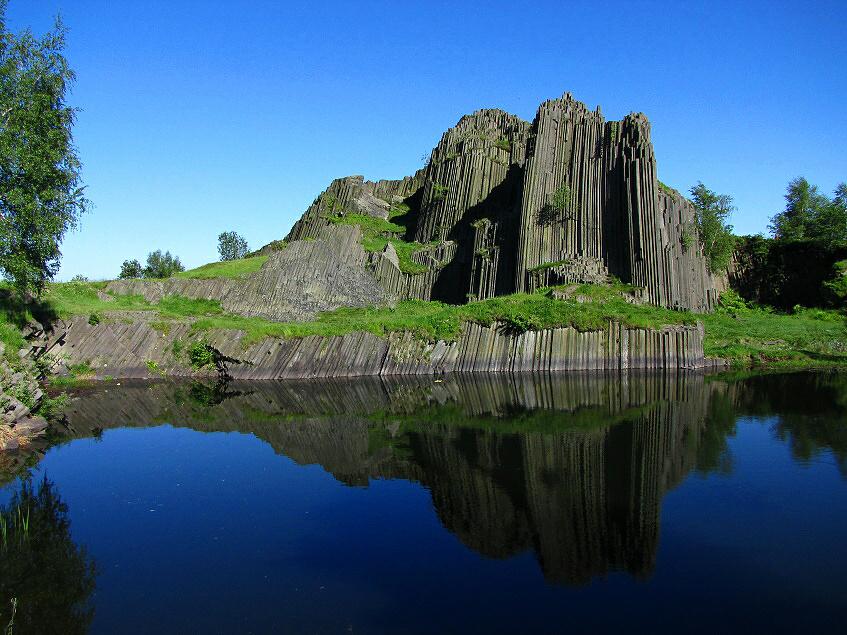
Significance of this geological preserve crossed Czech border. Under its German name Herrnhausfelsen is well known in German-speaking countries and became the frequent destination not only for Czech and German tourists.
I used quadrocopter Walkera MX-400 for aerial photography, equipped by camera GoPro Hero II with gimbal Walkera G-2D. Described equipment is close to the load limit of this copter, but I still use it for its compliance and operability, for example when chance to visit some interesting sight comes occasionally along my business journey. Short flying time (about 6 minutes) and ESC-board heating are disadvantages of this copter type, what becomes like result of his over-loading. Well-known barrel-shaping has been corrected by appropriate Photoshop plug-in.
Original resolution of photographs is 11Mpx, they are accessible on server Panoramio in the reduced resolution.
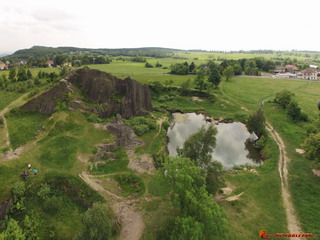 |
|
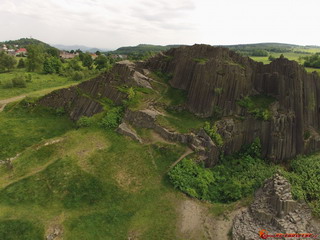 |
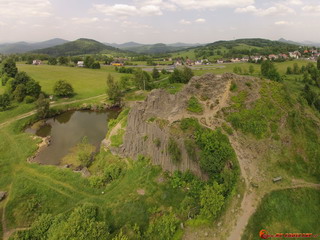 |
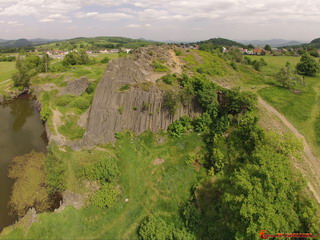 |
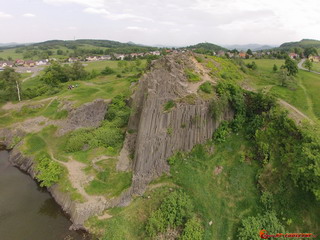 |
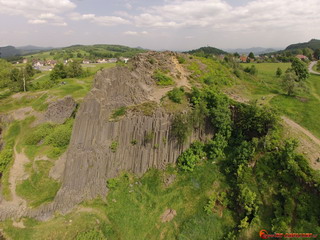 |
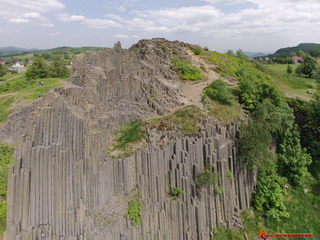 |
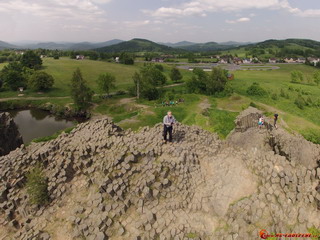 |
